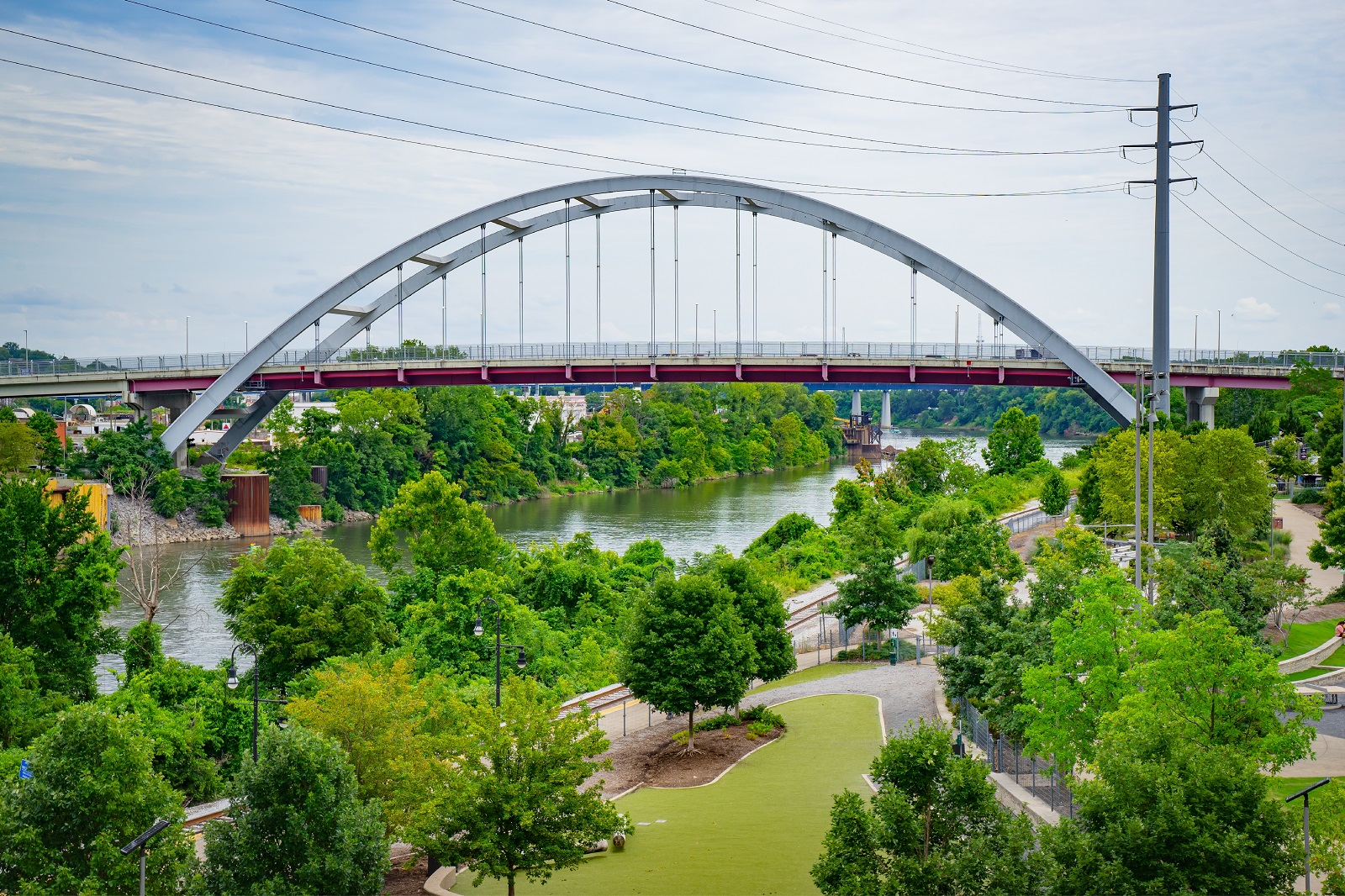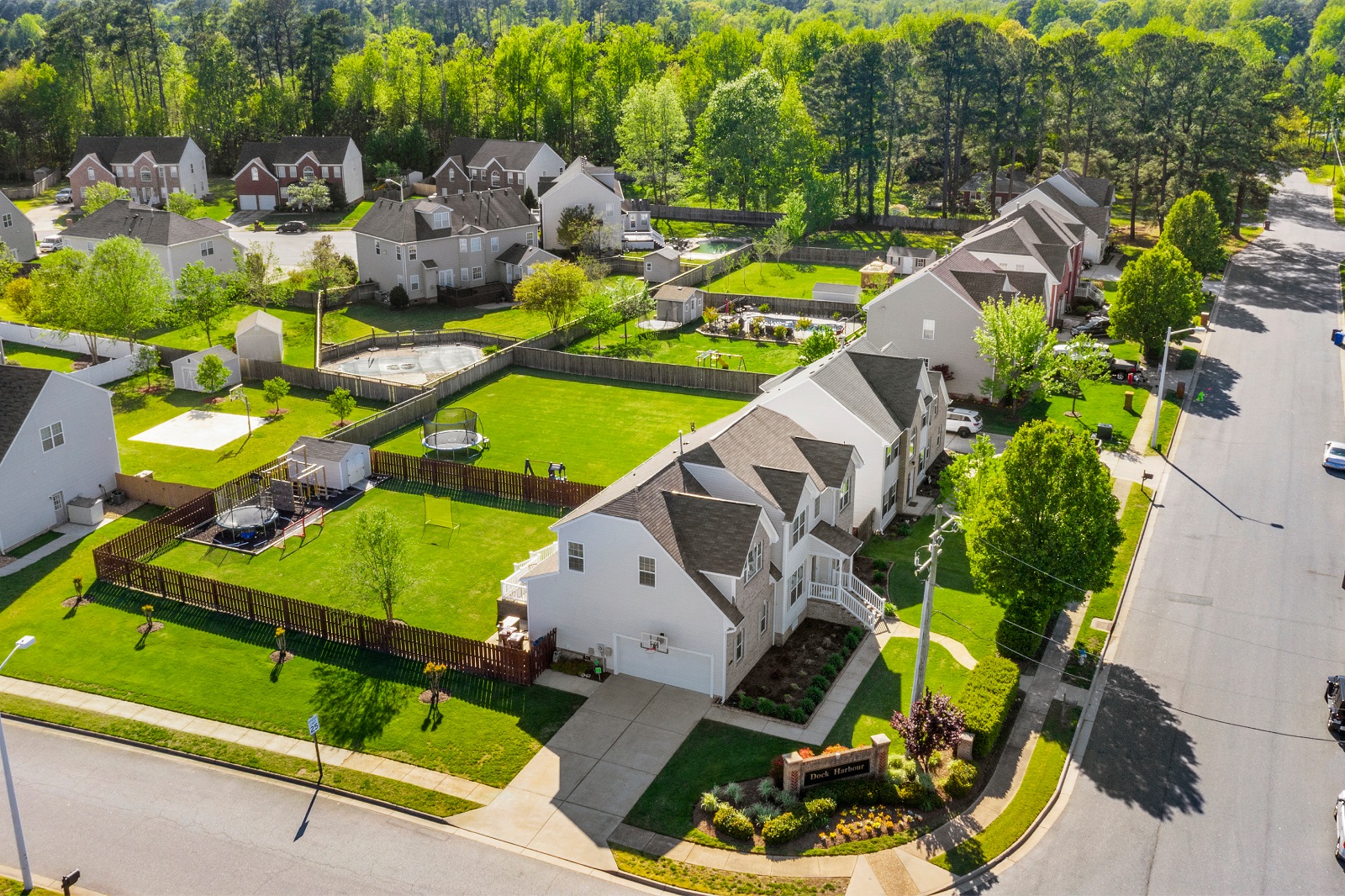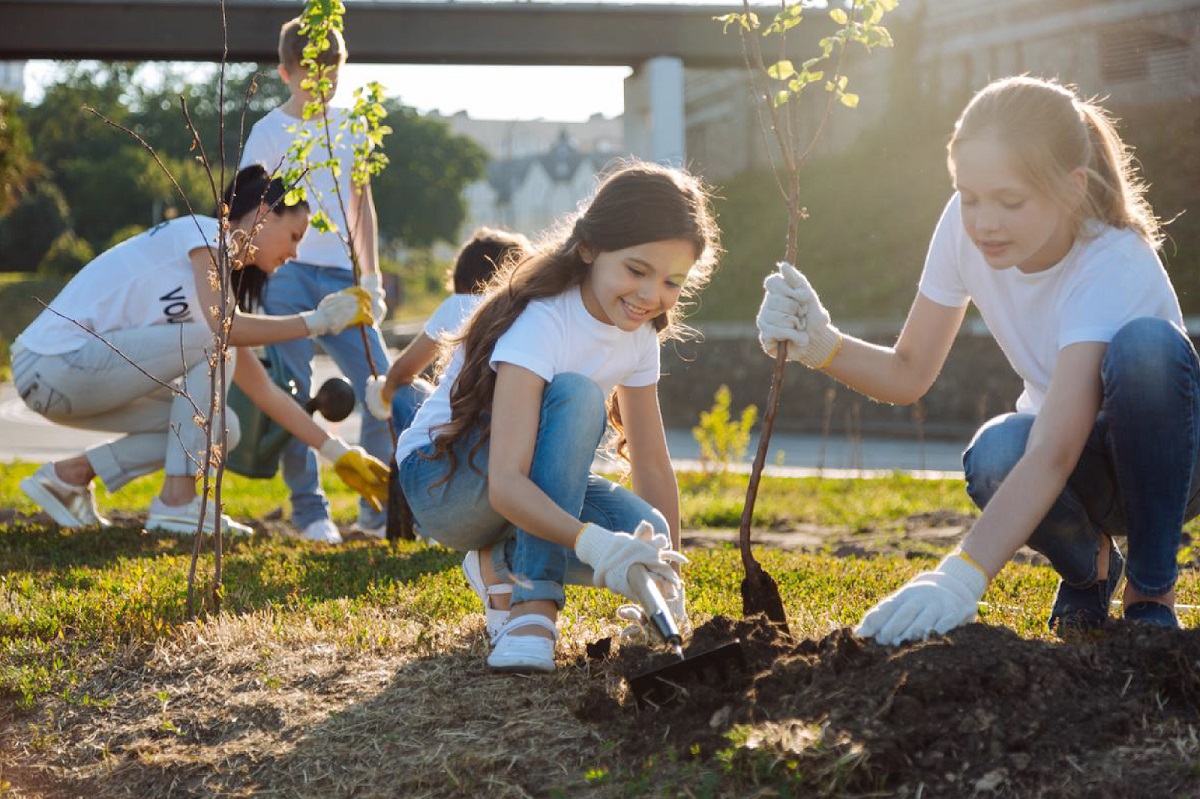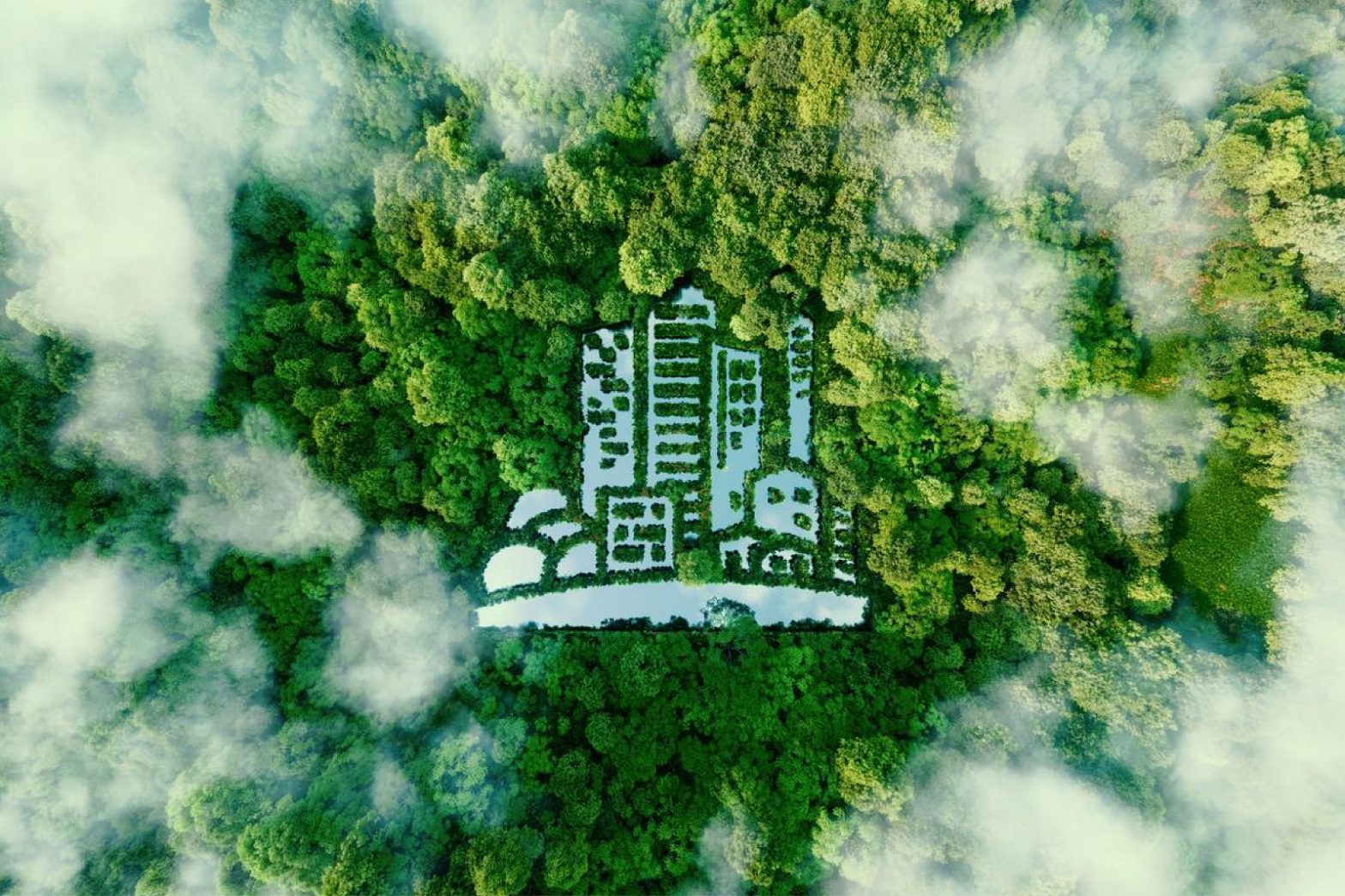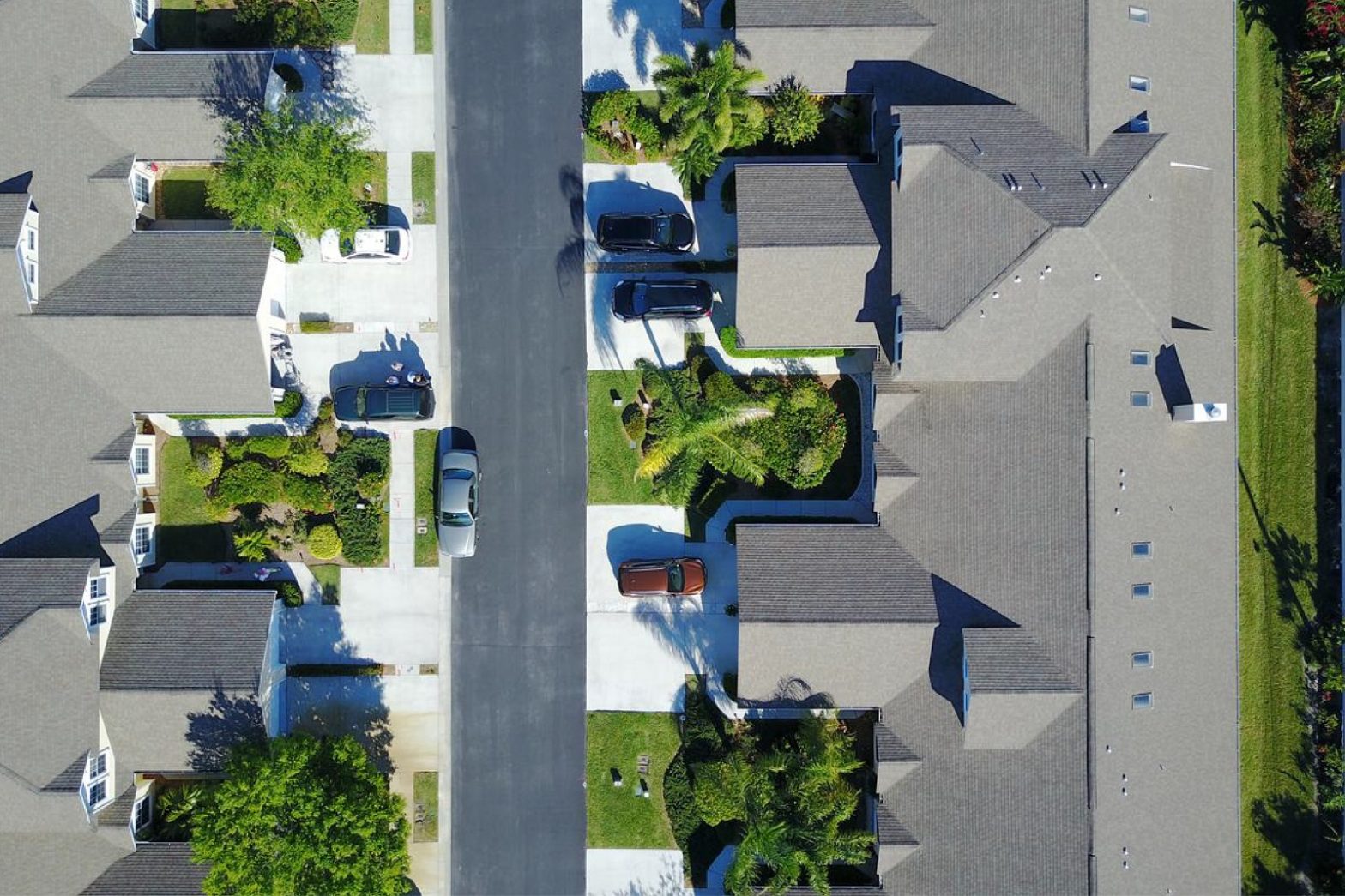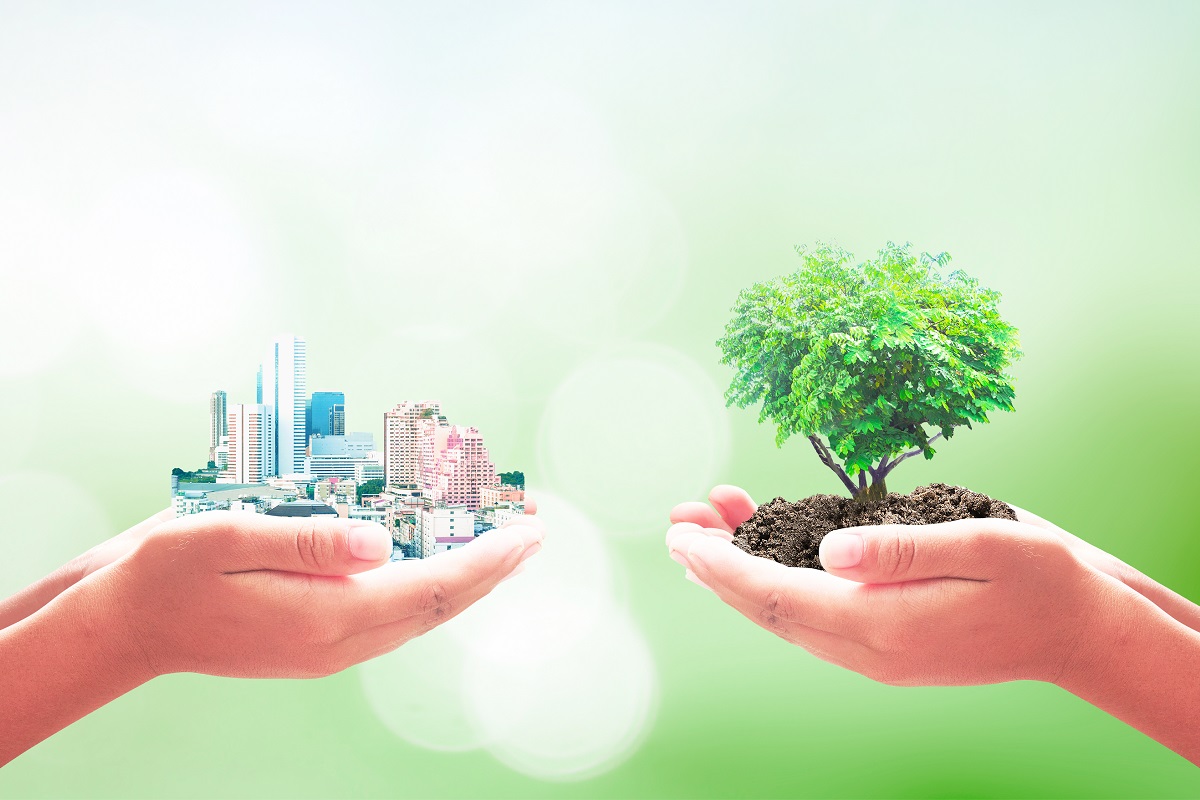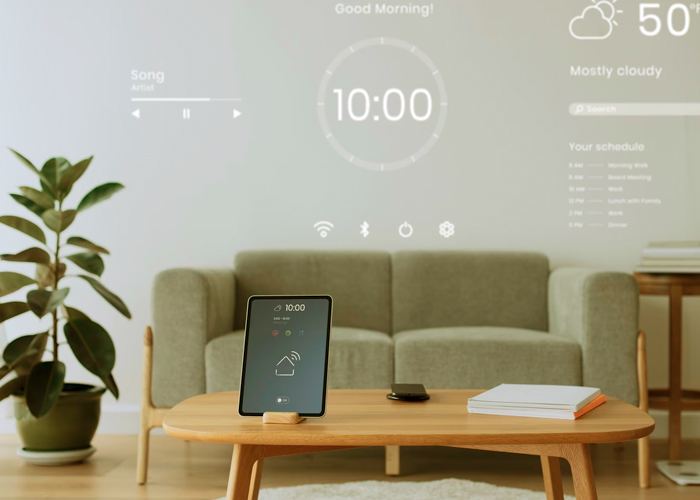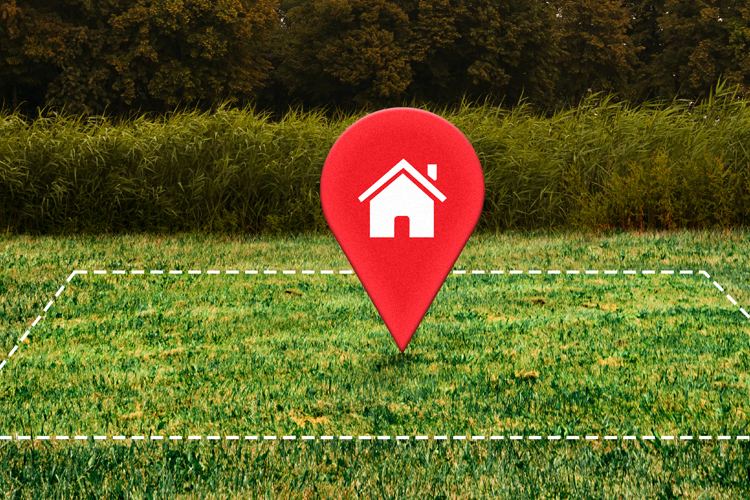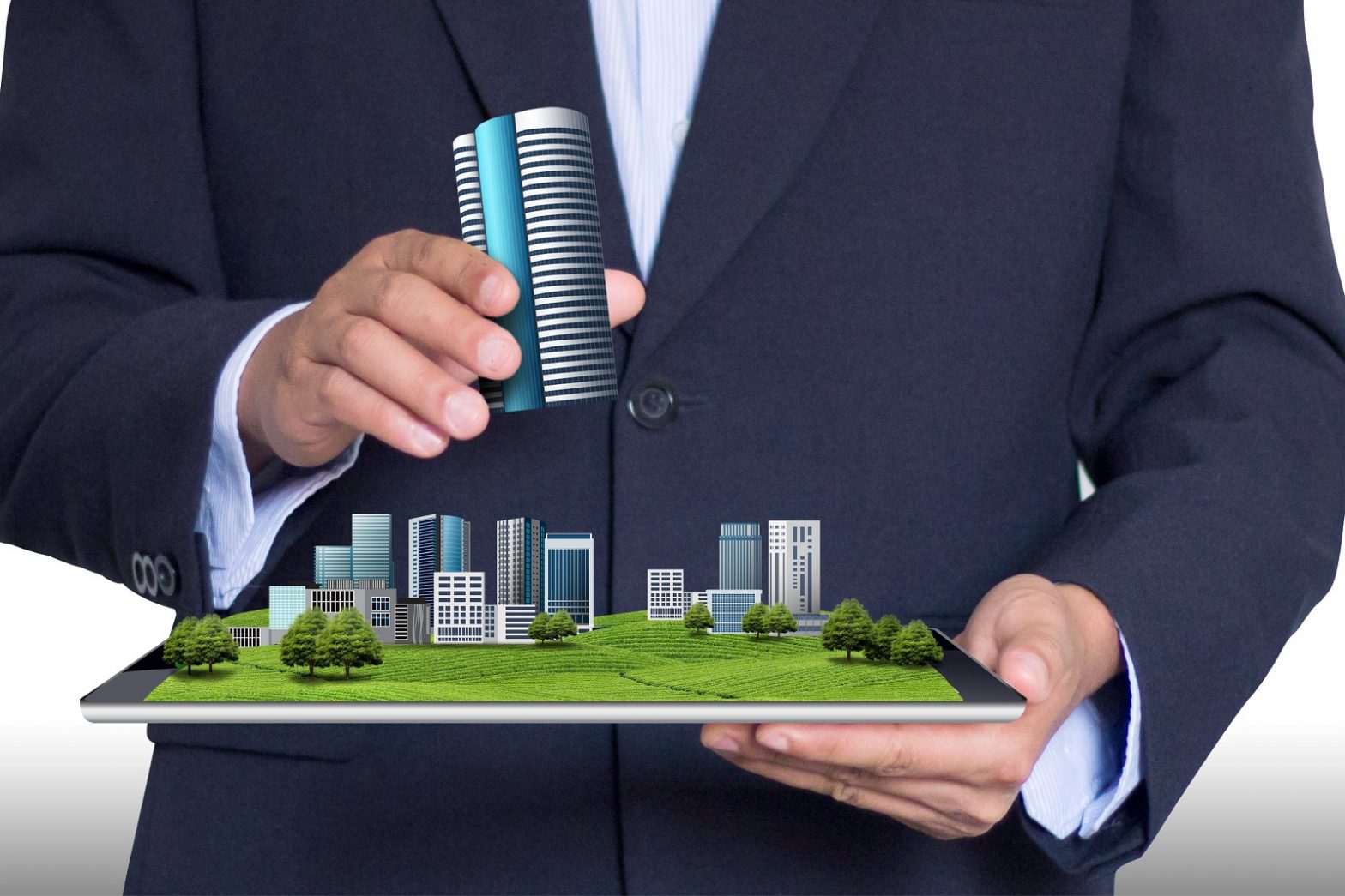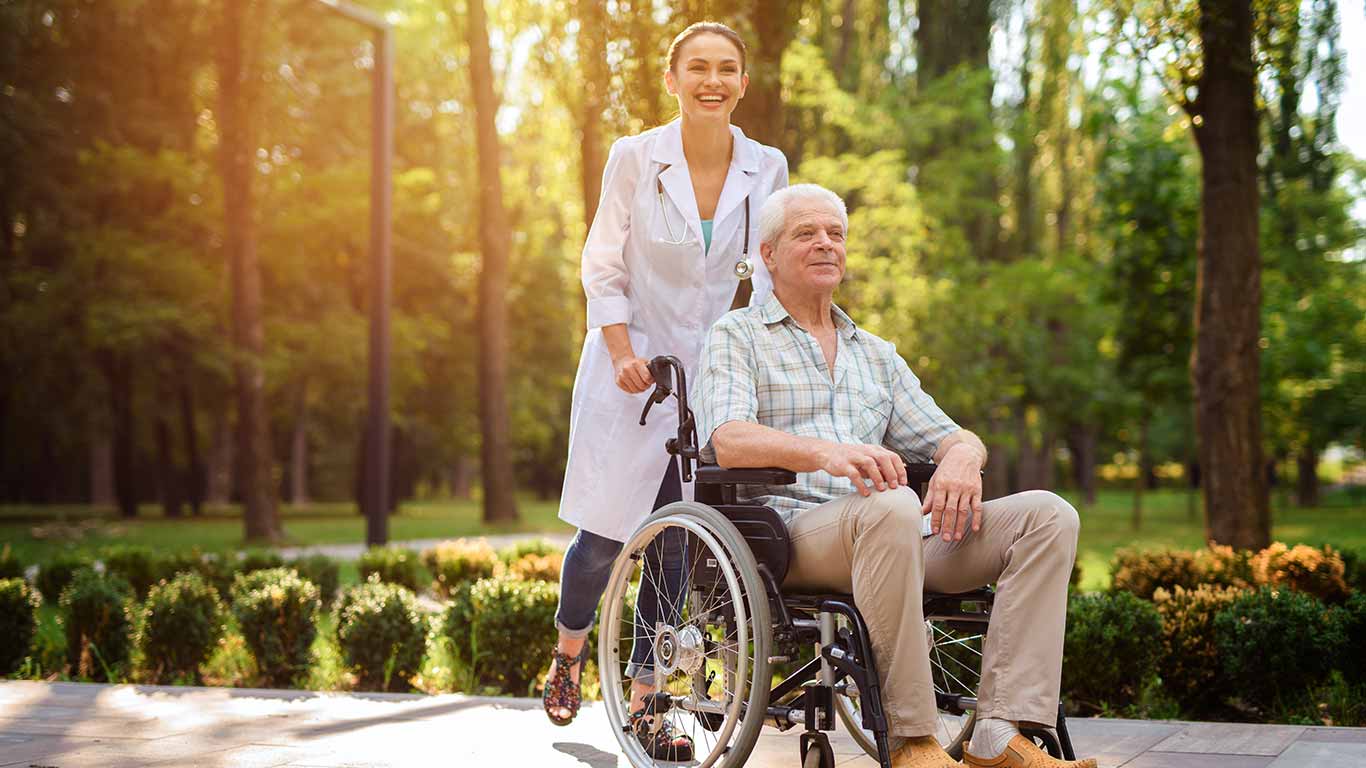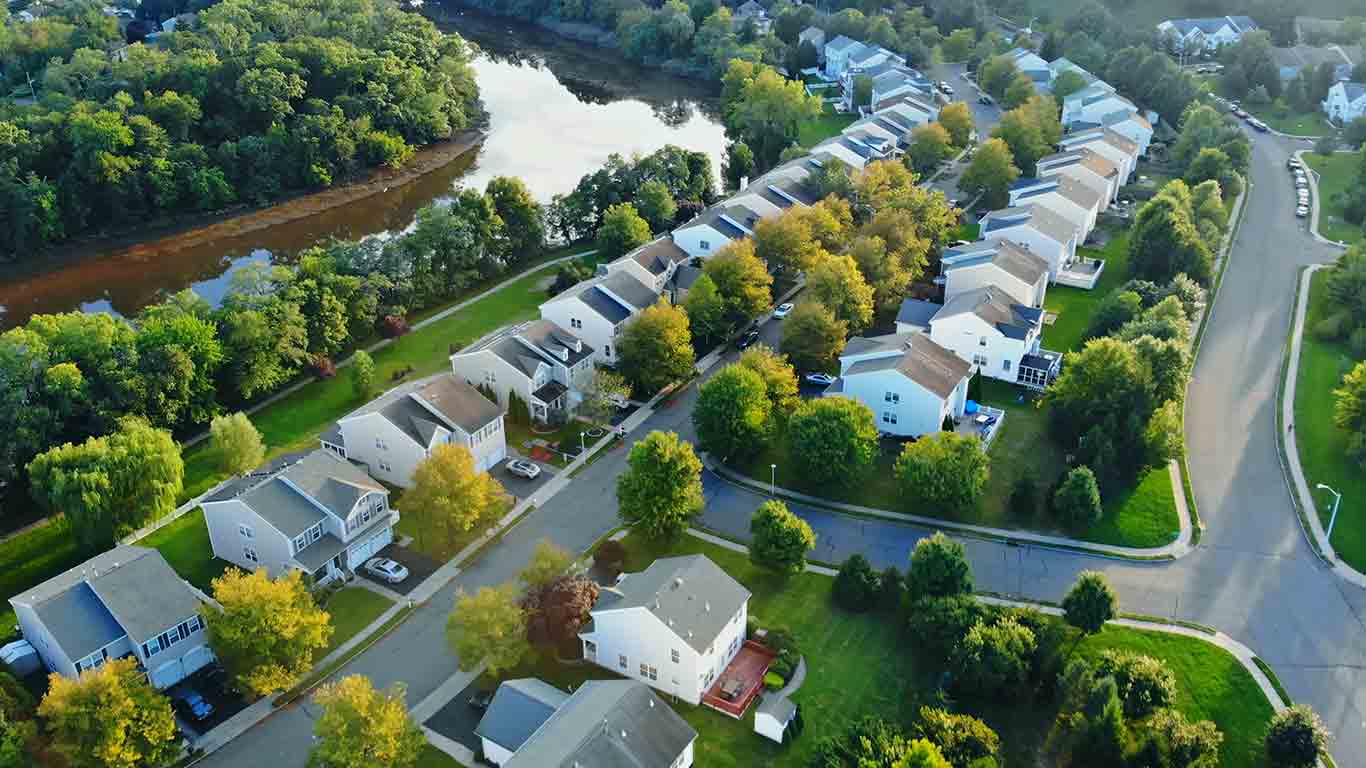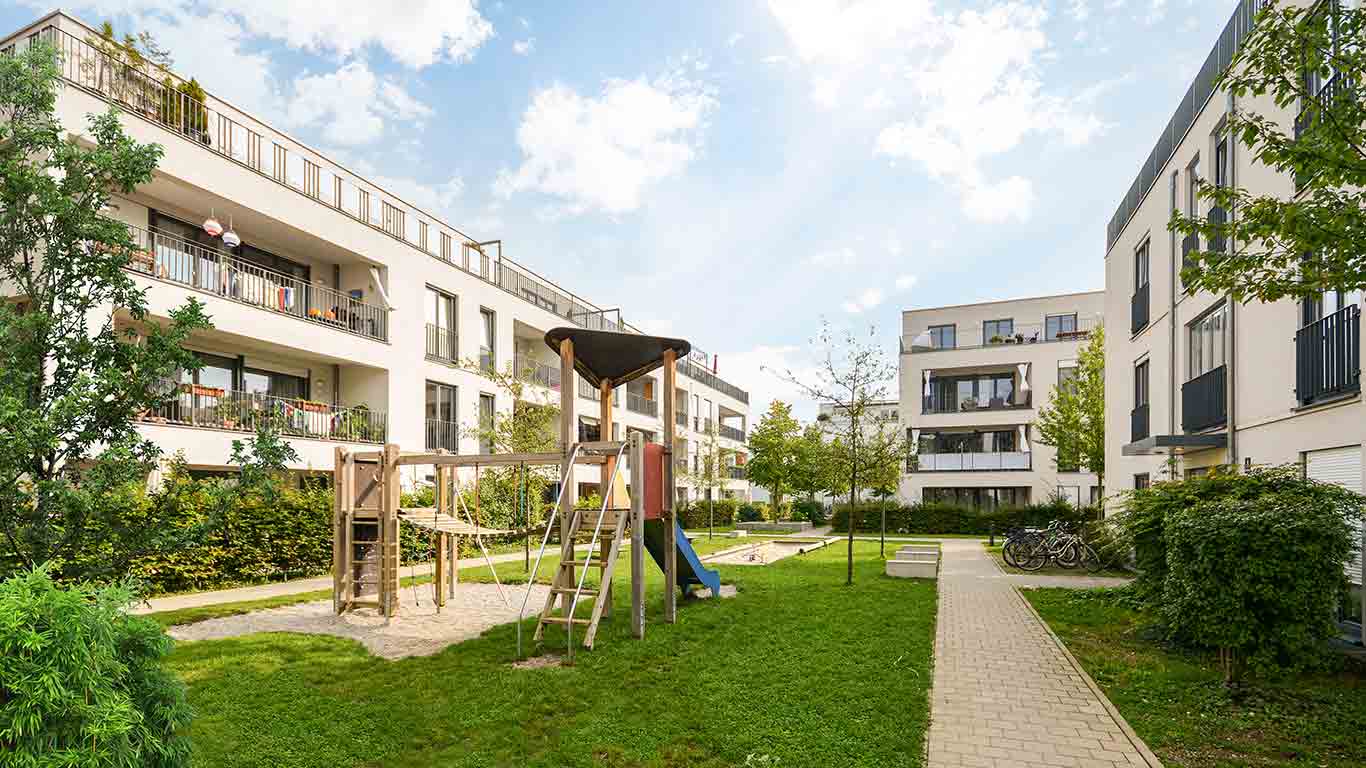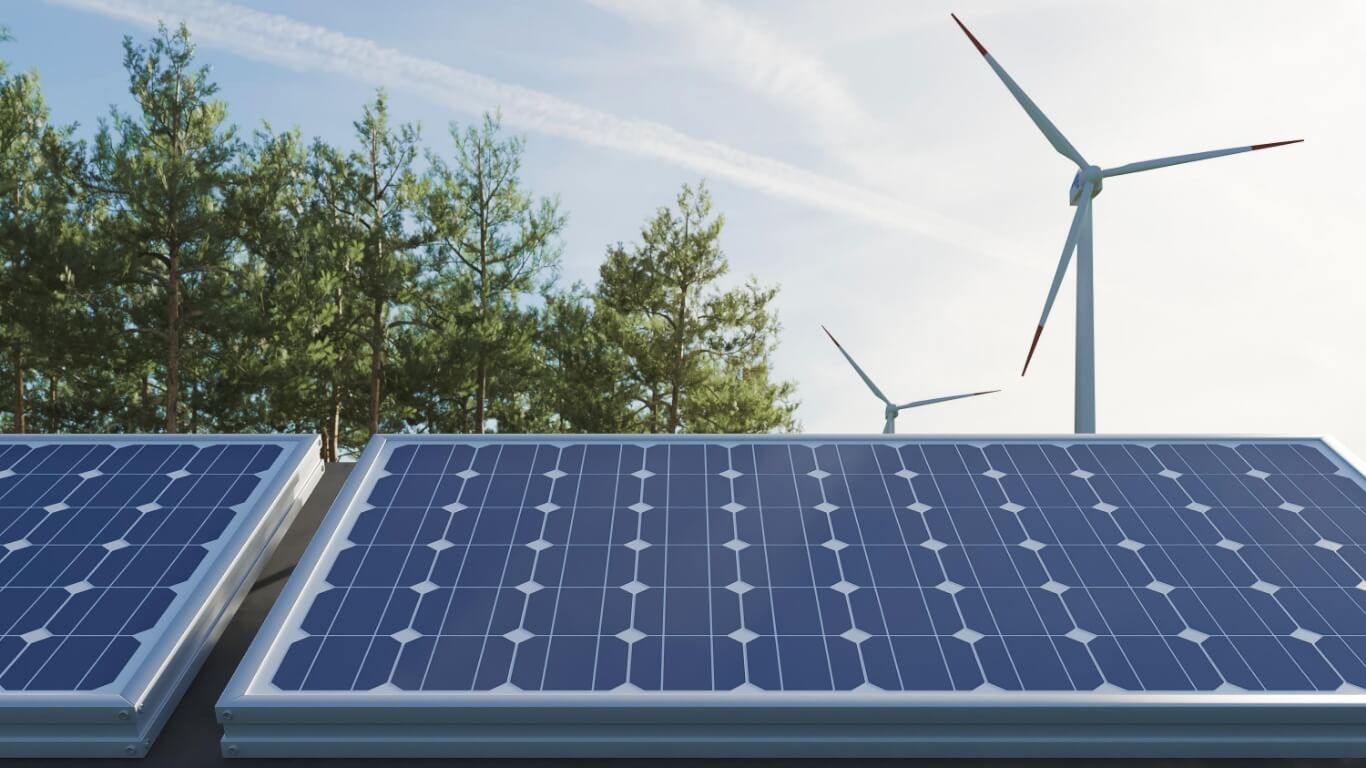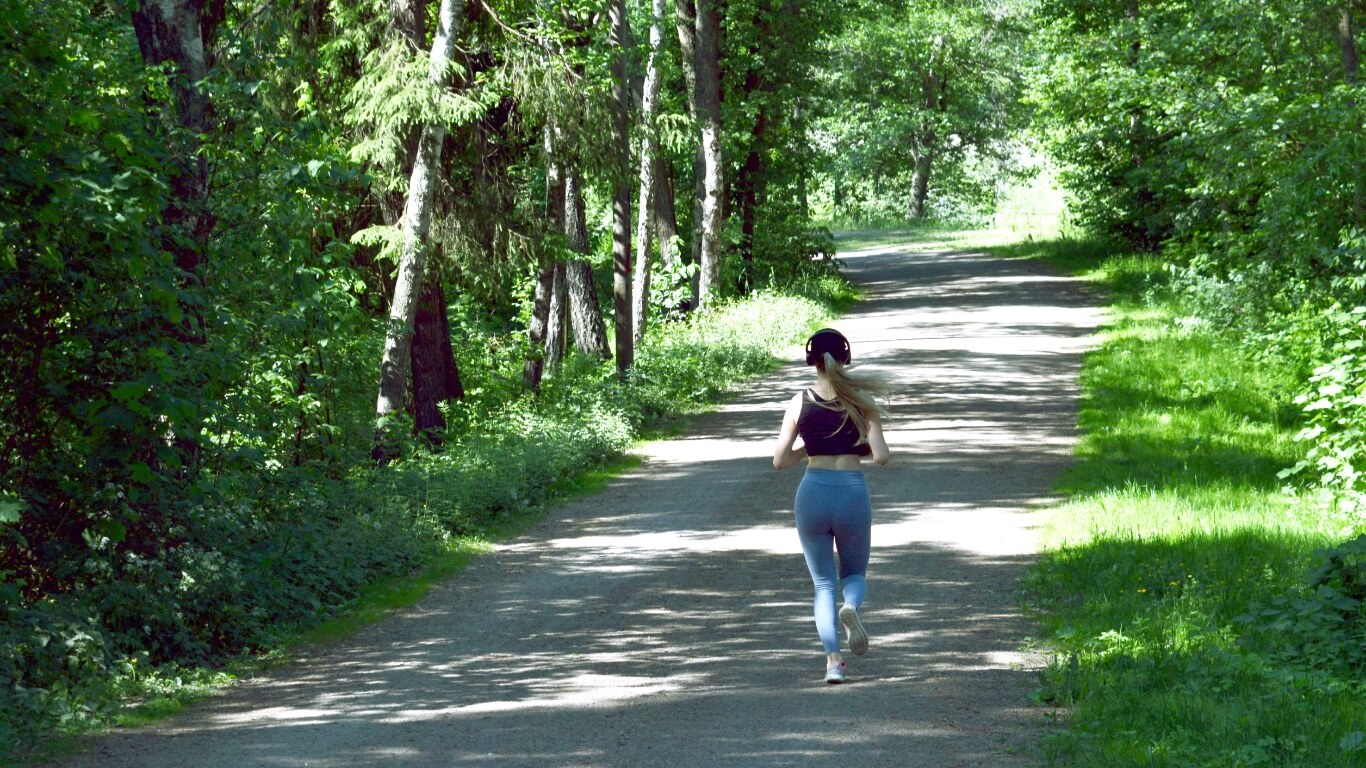The Benefits of Mixed-Use Developments: Creating Vibrant, Walkable Communities
By homz | May 26, 2023
In recent years, there has been a growing interest in creating vibrant, walkable communities that promote a healthier, more sustainable way of living. Mixed-use developments have emerged as a solution integrating various land uses, such as residential, commercial, and recreational, into a single neighborhood. Here, we explore the numerous benefits of mixed-use developments in fostering walkable communities, promoting integrated living, and building sustainable and wellness-oriented environments.
1. Walkability and Health Benefits
One of the primary advantages of mixed-use developments is their focus on walkability. These communities are designed with pedestrian-friendly infrastructure, such as sidewalks, bike lanes, and green spaces, which encourage residents to walk and use alternative modes of transportation. By promoting walkability, these communities help reduce reliance on cars, decrease traffic congestion, and improve air quality. Moreover, the increased physical activity associated with walking contributes to improved public health outcomes, including reduced rates of obesity, diabetes, and heart disease. Walkable communities also foster a sense of community engagement and interaction, as people are more likely to meet and connect while walking within the neighborhood.
2. Integrated Living and Social Connectivity
Mixed-use developments enable integrated living by combining different land uses in close proximity. This integration allows residents to live, work, and play within the same neighborhood, reducing commuting distances and promoting a better work-life balance. Residents can conveniently access essential amenities, such as grocery stores, restaurants, cafes, shops, and recreational facilities, within walking distance. The availability of diverse amenities also cultivates social connectivity and interaction among residents, fostering a stronger sense of community. By offering a variety of spaces for gathering, such as parks, community centers, and shared public areas, mixed-use developments create opportunities for people from different backgrounds and age groups to connect and engage with one another.
3. Sustainability and Environmental Benefits
Mixed-use developments are inherently sustainable as they reduce the need for long-distance travel and promote resource efficiency. By integrating various land uses, these communities minimize urban sprawl and preserve green spaces, which are essential for biodiversity and ecological balance. The compact and interconnected nature of mixed-use developments also supports the use of public transportation, cycling, and walking, reducing carbon emissions associated with individual car use. Additionally, the inclusion of green building practices and renewable energy sources in these communities further contributes to their sustainability. By adopting sustainable practices, mixed-use developments serve as models for environmentally responsible living, encouraging residents to adopt eco-friendly habits and contribute to a greener future.
4. Specialized Communities: Wellness and Retirement
Mixed-use developments can cater to specific demographics, such as wellness-oriented or walkable retirement communities. Wellness communities prioritize the physical, mental, and emotional well-being of residents by providing access to fitness centers, parks, yoga studios, and health-focused businesses. These communities often incorporate natural elements and emphasize healthy lifestyles. Similarly, mixed-use retirement communities offer a range of amenities and services tailored to the needs of senior citizens, including healthcare facilities, social clubs, and convenient access to essential services. By creating specialized communities within mixed-use developments, individuals with specific needs can find an inclusive and supportive environment that enhances their overall quality of life.
In conclusion, mixed-use developments offer a multitude of benefits in creating vibrant, walkable communities. By promoting walkability, integrated living, sustainability, and specialized communities, these developments foster a sense of belonging, encourage social interaction, improve public health, and contribute to a greener future. As the demand for more livable and connected neighborhoods continues to grow, mixed-use developments are poised to play a crucial role in shaping the cities of tomorrow. At Homz Global an Innovative Platform and the first multi-national housing company in the United States, we do just this. We develop communities prioritize wellness.








